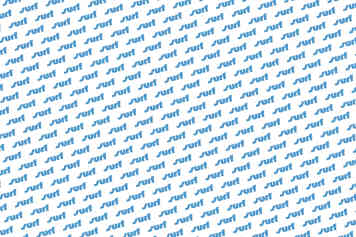The NeilPryde story: How Mr Neil Frederick Pryde built a world windsurfing brand - the early years
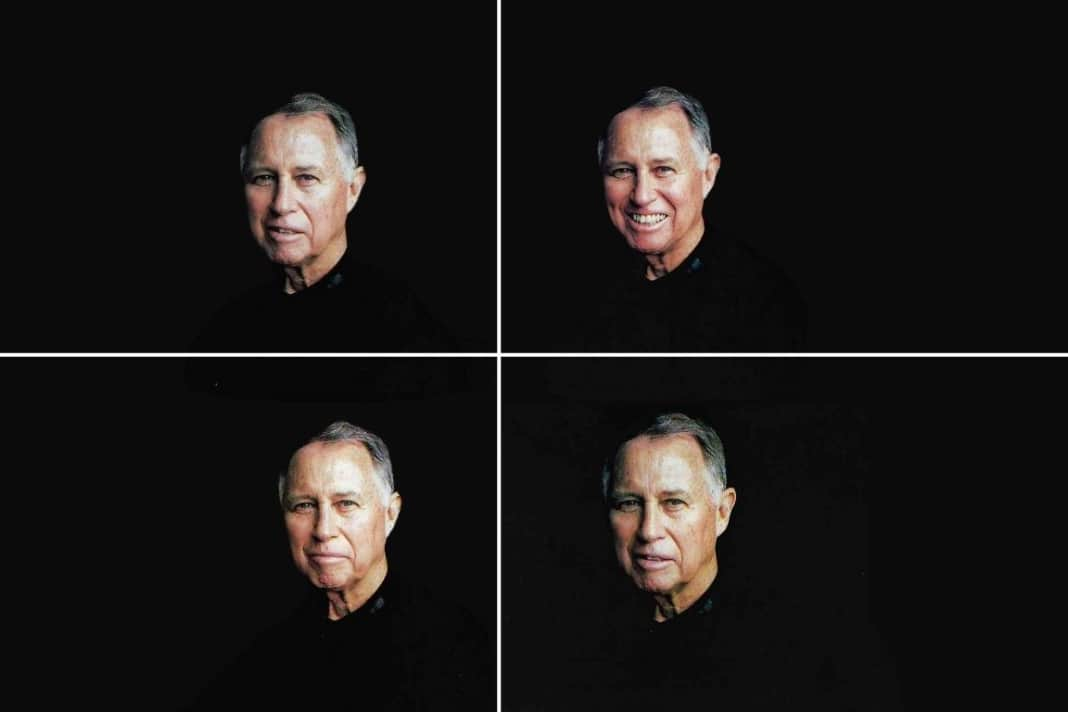





- Big brother got Neil Pryde into sailing
- Rugby as a school for business
- Neil Pryde smuggled sails across the border
- Relocation to Hong Kong and entry into the sailing business
- 1970: Foundation of NeilPryde Limited
- Wild West in Hong Kong
- 1979: Entry into windsurfing - 350,000 sails per year
- NeilPryde supplied inexpensive sails - but already with the Bullseye logo
- NeilPryde becomes a performance brand
- The era of mass production ended with the Funboards
Mr Neil Frederick Pryde is one of the few legendary company founders and forefathers of windsurfing who were not only very successful, but are still with us today. He can probably be described as one of the last true sirs of the windsurfing industry. Rather small in stature, he was and is one of the biggest names in the industry as the former CEO of the Pryde Group.
I met Neil in 1990 at a PBA meeting (forerunner of the PWA). At the time I was an F2 guy and the youngest brand manager in the windsurfing industry. After that Neil was our supplier for Arrows sails, which were part of F2. At the same time we had some marketing co-operations as we both sponsored Britt and Björn Dunkerbeck and some other riders like Josh Stone, Jason Polakow and Bernd Flessner. We then spent many years together as industry representatives on the board of the PWA.
Over the years, I have come to know Neil Pryde as a man with handshake quality." (Martin Brandner)
When F2, despite being a thriving business, was unfortunately sold to the Jacobs Group and ended up in a company with Fanatic and Mistral, Neil decided to take advantage of the resulting chaos and buy the JP-Australia brand and hired me to continue managing the brand for him, which I had founded with Jason Polakow and managed under licence for F2.
In the 25 years I dealt with him, I got to know him as a man with handshake quality and incredible energy. What I will never forget is that wherever you met him on this planet for a meeting, Neil would jog the morning before the meeting to keep fit. This discipline always impressed me a lot. So it's a pleasure and an honour to do this story about him and to do this interview with him.
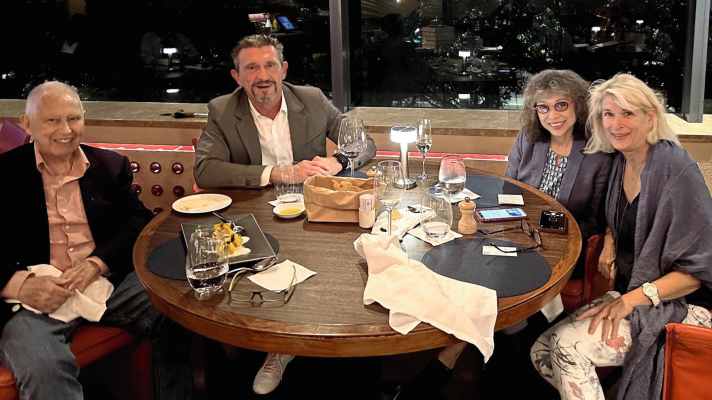
Big brother got Neil Pryde into sailing
Firstly, I'd like to introduce Neil as a person and tell you how he came to be a New Zealand boy who loved rugby, first a big player in the sailing and yachting business and then arguably the most successful entrepreneur in the windsurfing world, growing his business into a multi-sport group.
Neil Pryde was born on 19 October 1939 as one of three children of a bank branch manager in New Zealand. Neil's father was also an officer in the New Zealand militia army. Shortly before Neil was born, his father was called up for military service due to the outbreak of the Second World War. His father fought in North Africa, Greece and the Middle East. Neil therefore met his father for the first time as a four-year-old when his father finally came home from the war. Neil's mother was a traditional mum who looked after the household and the three children. Like her husband, who came home from the war in poor health, she had no interest in sailing and no connection to it.
Neil's brother Ian was 13 years older than him and was very interested in sailing. He started building his own sailing boats at a very early age. When Neil was nine years old, he helped his brother build these boats. He took on simple tasks such as painting the boat. The first boat Neil owned was a small rowing boat built by his brother. Neil could barely swim at the time, but he had his own boat. They built the boats in a garage behind the bank where their father worked. Ian Pryde, who was actually in the shoe business, taught himself to build boats and became a very well-known and successful sailor. Neil started racing at the age of twelve - with boats that he and his brother had built themselves, of course. For a while, they also formed a crew and sailed together.
Rugby as a school for business
At high school, Neil played rugby like any sporty New Zealand boy. At that time, he loved rugby even more than sailing. Neil was rather small, so later, when he was at university and playing in the adult team, he was at a physical disadvantage despite his speed. After dislocating his shoulder twice and suffering several head injuries, his mum gave him a choice: either you stop playing this brutal sport or you move out. Neil decided to give up rugby and take up sailing. In his later professional life, Neil's rugby past probably also contributed to the fact that he could be quite tough as a businessman and was not afraid of confrontation and tough decisions.
After high school, Neil studied finance, although he wasn't particularly interested in it, but it was a fairly easy degree, and he received a scholarship from the IRS and had a job at the agency while studying.
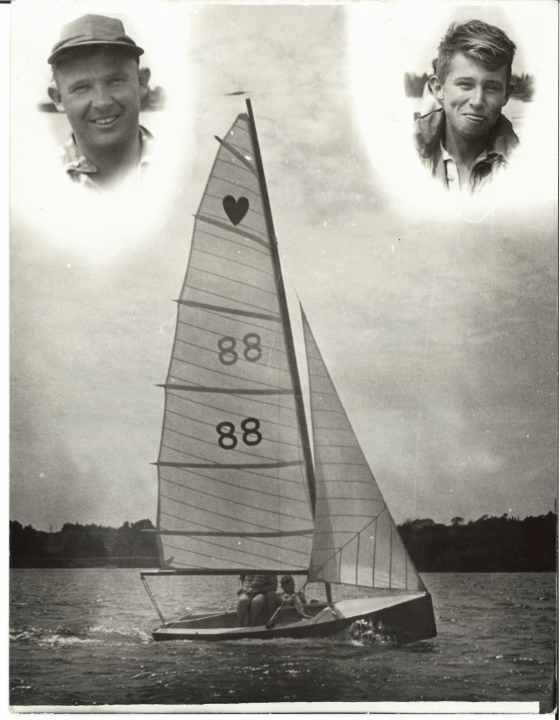
Neil later worked as an accountant for a large manufacturing company. There he learnt a lot about the organisation of production, which interested him much more than the purely numerical world of the finance department. This helped Neil when he later set up his first production facility in Hong Kong.
As New Zealand could not buy or import boats at the time, it became a do-it-yourself country. As a result, it became a leading nation in boat technology and boat building and remains so to this day. When New Zealand won a gold medal at its first Olympic Games in Melbourne in 1956, the goal of one day competing in the Olympics became the dream of every young New Zealand sailor, including the Pryde brothers Neil and Ian. They tried to qualify as a team for the 1960 Olympic Games in Rome in the Flying Dutchman class, but were unsuccessful.
Neil Pryde smuggled sails across the border
At that time, sails were also not allowed to be officially imported into New Zealand. When the two brothers tried to qualify for the national Olympic team, they had no choice but to smuggle competition sails into the country.
Neil was involved in the national Flying Dutchman class and, as treasurer, organised all kinds of events to raise money for the Olympic qualification and competitions, as there was hardly any support from the government. He also co-organised the first Australian-New Zealand championships in this class. In the course of this Neil got to know a very successful Australian sailor. Rolly Tasker was world champion in the Flying Dutchman class and won a silver medal at the 1956 Olympic Games. Tasker was also famous because the Australian America's Cup boat was fitted with sails he had made. Tasker was obviously impressed by Neil, and probably liked the fact that he was young and cheap, and offered him a job in Hong Kong to help him with his sail production.
I had no idea about sailmaking, but from my racing experience I knew what I wanted from my sails."
In the sixties, New Zealand was in a deep recession and many young New Zealanders wanted to emigrate - including Neil. Neil's main reason for accepting Tasker's offer was that he wanted to learn about sailmaking and use this to further his career as a semi-professional sailor - this was his vision for his life. So he moved to Hong Kong in 1963 with the plan to stay there for a maximum of two to three years, learn as much as he could and then return to New Zealand and concentrate on his sailing career. But fate obviously had other plans for him.
Relocation to Hong Kong and entry into the sailing business
Tasker had just opened a sail manufacturing facility, which was located in the American Marine shipyard for sailing yachts. Tasker and American Marine jointly owned the sail factory. Tasker's idea was to produce the sails for these yachts. After American Marine stopped producing sailing yachts shortly afterwards and only manufactured motorboats, Neil had to find new customers very quickly. After just a few months, Tasker returned to Australia and the 24-year-old Neil was on his own. He saw an opportunity for himself and after just one year bought American Marine's shares in the sail factory, became Tasker's partner and thus an entrepreneur at the age of just 25.
When Neil arrived in Hong Kong, the factory had 13 workers. One of them was Neil's future wife, Nina, whom he married in 1967. She was a foreman in the cutting and sewing department. They are still a couple today and have three children and four grandchildren.
Nina had to endure so many things - without her, the whole NeilPryde story wouldn't have been possible."
Business went well and soon the factory had 200 employees. In 1967, Tasker began selling sails to a Swedish importer. At that time, all communication was still by letter and telegram. When telex was introduced, it was a great achievement. The sails were not shipped in containers as they are today, as these did not yet exist, but in large, specially made wooden crates.
Neil still had the dream of competing in the Olympics. As he was heavily involved in business in Hong Kong, he didn't have time to take part in the 1964 Olympic qualifiers to represent New Zealand. It wasn't until 1968 that he did. He became Asian champion and was the first Pryde to qualify for the Olympic Games, taking part in the Games in Mexico City as Hong Kong's representative.
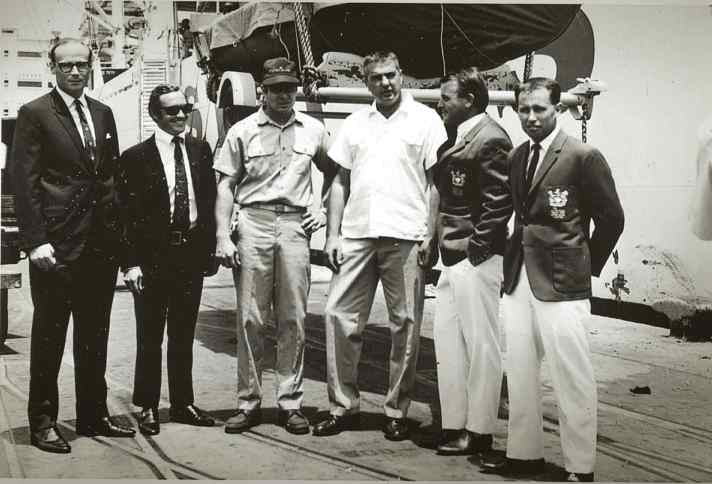
1970: Foundation of NeilPryde Limited
Ambitious and energetic as Neil was, he wanted to grow his company even faster. Neil had received many orders, but production simply couldn't cope with the volumes. His partner Tasker was not prepared to make the necessary investments, which led to delays in delivery. The Swedish importer, who was their main customer at the time, was particularly affected by these delays. In July 1970, he therefore suggested that Neil leave Tasker and set up his own company with him, and he was prepared to support this venture financially with a 50 per cent share in the company. Deciding quickly and prepared to take a risk, Neil took the plunge and, together with the Swedish partner, founded NeilPryde Limited, and by September 1970 they had a new factory - their own - up and running.
After Neil took some of Tasker's customers, even though his contract contained a non-compete clause, Tasker sued, and Neil eventually agreed to pay Tasker a commission on these sales. In the course of the dispute with Tasker, Neil realised that the Swedish importer owed Tasker a lot of money. The money he should have paid to Tasker was instead invested in the new company.
I was very young and clueless when I left Tasker and only later realised that the Swede was basically taking money from Tasker and investing it in NeilPryde Limited."
Neil had so many orders that needed to be fulfilled quickly that he rented a flat during a transitional period. He tore out the partition walls and had sails sewn there. His office was in the converted toilet in the flat.
Wild West in Hong Kong
In order to build his factory so quickly and at a reasonable price, Neil had to do a few things that were borderline, to say the least. He bought agricultural land on which no factory could actually be built. With certain financial contributions to the right people, it was possible. He had already initiated all this before he left Tasker. But it was the only way to get started so quickly.
It was a bit like the Wild West - although it was actually in the East."
In 1970, Neil reached another important milestone in the development of his company when he produced 100,000 sails for a small sailing boat for a Kool cigarette marketing campaign. Interestingly, these were made from material that was actually intended for umbrellas. As business-minded as ever, he soon produced all the wooden parts needed for the sailboat.
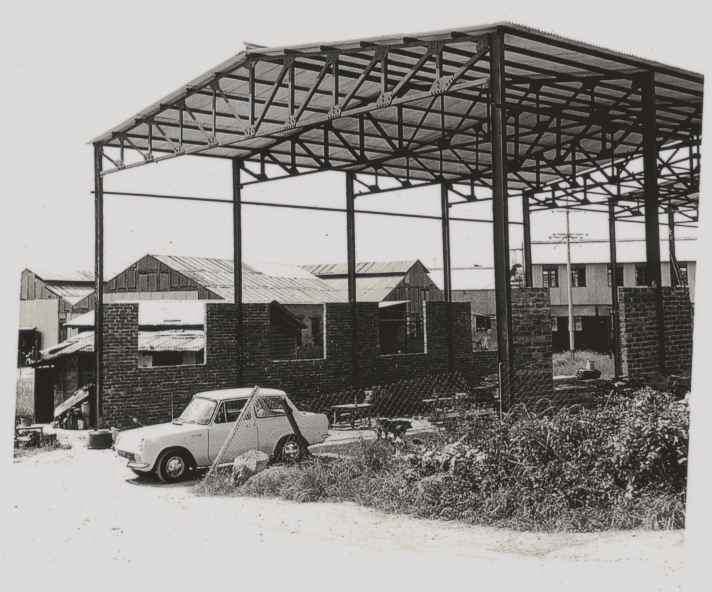
As soon as the new factory was completed, NeilPryde produced sails for the entire world market, which grew rapidly due to the boom in fibreglass yachts. This boom was fuelled by the oil crisis in the 1970s, when it was believed that mankind would soon run out of oil and many boat owners switched from motorboats to sailboats. As a result, Neil's company experienced rapid growth. The sails that Neil produced at this time already bore the Bullseye logo, which is still used today.
After Neil found out during the course of the legal dispute with Tasker that the Swedish importer, who was now his partner, had actually defrauded Tasker, their relationship became very strained. In addition, the company was expanding and the Swedish partner was unable to contribute additional funds to continue the growth. Neil therefore found a new partner in 1977. Inchcape, which was listed on the Hong Kong stock exchange and was a very successful trading company in the automotive sector, bought the Swedish importer's shares in NeilPryde Limited.
1979: Entry into windsurfing - 350,000 sails per year
Soon after, Neil read about windsurfing for the first time, which originally started in the USA and then became popular in Europe much more quickly. In 1979, Ernstfried Prade from Mistral contacted Neil to produce the first windsurf sails. However, Mistral soon moved its sail production to Gaastra - also a boat sail brand at the time, founded in 1897 by a Dutch sailor called Gaastra. Tasker, who was Neil's partner in the Hong Kong factory, eventually sold the factory that Neil had been running to Gaastra, and Gaastra, like NeilPryde, began producing sails for various board brands such as Mistral. However, the capacity of this factory was limited and this gave Neil the opportunity to grow as his capacity was significantly higher.
As early as 1978, Neil hired 20-year-old Willem Blaauw, who later became one of the most famous windsurf sail designers, to help with the production of yacht sails and the design of windsurf sails for various brands. During this time, Aage Lyngs was Neil's sales manager in Europe, who established a contact with BIC, and soon Neil was commissioned to produce 100,000 windsurf sails for BIC. This business developed well for Neil and soon his customers included Windsurfer, Windglider, Sailboard, Tiga and HiFly and his sail production peaked at 350,000 windsurf sails per year.
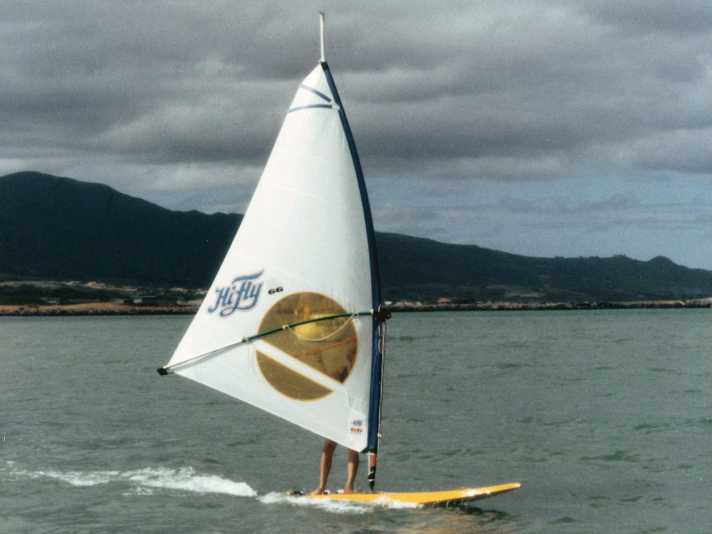
To create these quantities, Neil was the first windsurf sail manufacturer to buy a computerised cutting machine from Gerber, an American company. The machines had just been introduced in Hong Kong and were originally intended for the textile industry. To accommodate the huge machine - the cutting table was about 25 metres long - Neil had to buy another factory. About a year later, he opened a new sail factory in Tuen Mun in Hong Kong to further increase his capacity. Windsurf sails were very simple and a real mass product at the time, and the factory sold them for around 50 US dollars each. The efficiency of production was crucial.
NeilPryde supplied inexpensive sails - but already with the Bullseye logo
Most of the sails that Neil sold to these board brands already carried the NeilPryde-Bullseye logo, but the NeilPryde brand did not yet exist as an independent windsurfing sail brand. But it was known that they were made by NeilPryde. Interestingly, at that time the name was known for inexpensive sails with boards. In 1980 Gaastra started as a windsurfing sail brand and was very successful in regattas. At the same time, Gaastra was a competitor to NeilPryde as a mass producer of windsurfing sails.
Around 1982, there was a change in management at BIC. The two leading managers left the company and founded Tiga. This was the beginning of difficult political times. The new management at BIC threatened Neil that they would no longer produce for him if he also produced for Tiga. In typical Neil fashion, he refused to be blackmailed and as a result he received additional orders from Tiga, but his business with BIC dwindled considerably.
Due to an import restriction imposed by Europe on textile products from Hong Kong, Neil decided to set up sail production in Ireland in 1981. Ireland offered him financial support and he could import the raw materials if he produced the sails in Ireland. As is common practice in many manufacturing companies today, Neil had a complete production line built in Hong Kong. This was then dismantled and sent to Ireland where it was reassembled. 27 employees from Hong Kong moved to Ireland and trained the staff there. Basically, the sails were prefabricated with all the parts in Hong Kong and sewn together in Ireland. But this way Neil could say that the sails were made in Ireland. This project worked very well for three years.
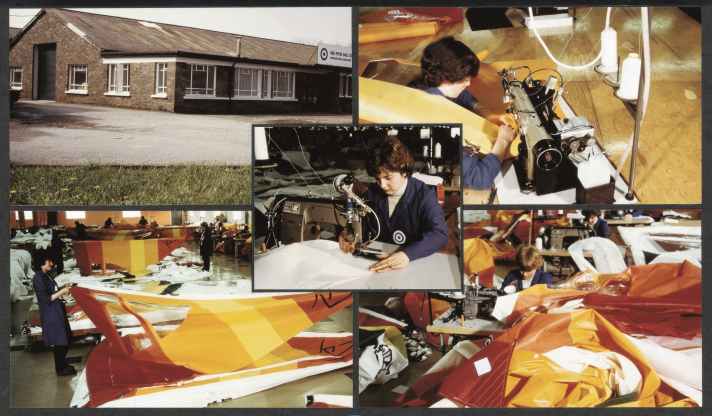
NeilPryde becomes a performance brand
At that time, Division 2 was the predominant open raceboard class and North dominated this class with its sails. North no longer had the capacity to produce all these sails and commissioned Neil to make them. Neil, who always tried to think ahead, saw a business opportunity and in 1981 hired two successful Division 2 racers from Norway who, together with Willem Blaauw, developed his own Division 2 sails.
We were lucky because by working with North we learnt how to make and develop high performance sails - especially in terms of what materials to use for what, because North was really good at it due to his experience in yacht sailing. Willem did a great job and we won the men's and women's titles at the World Championship in Florida - that established the NeilPryde brand in the market."
Neil then sponsored Ken Winner, who later won the Pan Am Cup for NeilPryde with Willems sails. NeilPryde had finally arrived as a high-performance brand. Around the same time, HiFly also realised that they needed to change their image towards higher quality products in order to survive and hired the design team Spanier and Bourne on Maui to develop the Fathead wave sail for HiFly. The managers of HiFly met with Neil in Hong Kong as they wanted him to produce these sails and introduced him to Barry Spanier.
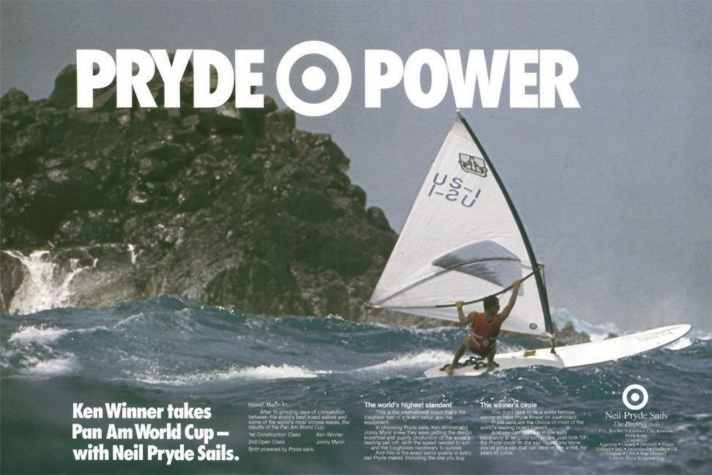
The era of mass production ended with the Funboards
Then came an important change in the windsurfing market. Until then, windsurfing was less of a sport and more of a leisure activity that took place on every lake and was practised by the whole family. The market for the equipment required for this was quickly saturated and the boards and sails that were now in demand suddenly became performance-orientated sports equipment. The products were suddenly developed in Hawaii and customers wanted to jump, ride waves and compete with their friends in terms of speed.
The change in sails was particularly dramatic. While simple triangular sails without battens were sold in the beginning, the market only wanted fully battened sails that would start planing as early as possible and still deliver performance even when overpowered. This meant that the era of mass production of simple boards and sails was as good as over. As a result, production volumes fell drastically and the demand was mainly for boards and sails that were sold and produced in much smaller batches, which required much more development work and were much more complicated and expensive to manufacture.
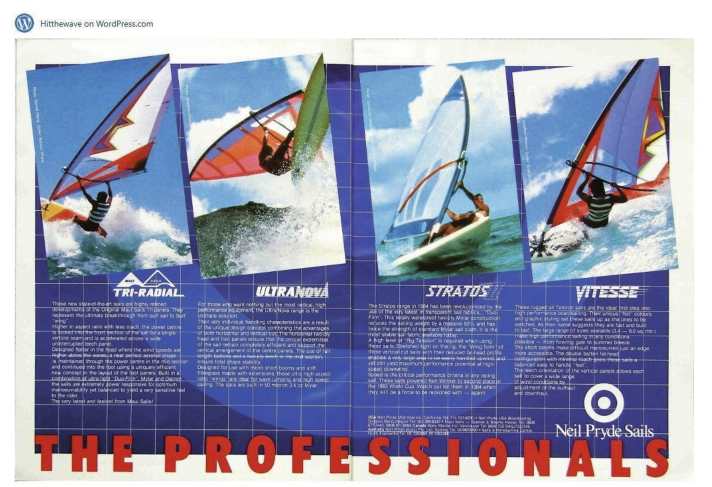
As a result, many brands, such as Windsurfer, Tiga, HiFly and Windglider, had serious problems in the mid-1980s and then went bankrupt because their mass-produced products were no longer in demand and they were unable to make the transition quickly enough. Neil's factory in Ireland was also unable to keep pace with this market development. The production costs were simply too high for the now smaller quantities and batch sizes, and the production team's expertise was not sufficient to manufacture the high-tech sails that were now in demand. In 1985, Neil's factory in Ireland also went bankrupt.
I had to go to the creditors' meeting. They were obviously not happy with me when I broke the news to them. The next day I left Ireland on the first plane. I sort of fled and left the lawyers to deal with it. Eventually my business partners at Inchcape paid off the main creditors."
NeilPryde Limited was also badly shaken by these developments. Neil was lucky again and met up with an old friend from his early days in Hong Kong. David Wilson had just returned to Hong Kong to reorganise the Shriro Group, an international trading company. At the same time, Neil's partner Inchcape was going through a reorganisation process and wanted to divest non-core businesses. Neil and David worked out a deal, Shriro took over Inchcape's shares and invested fresh money - this agreement enabled the company to avoid bankruptcy.
This step was the decisive basis for really going on the offensive in the windsurfing business. Find out what happened next in part 2 of the big Neil Pryde story!
.
